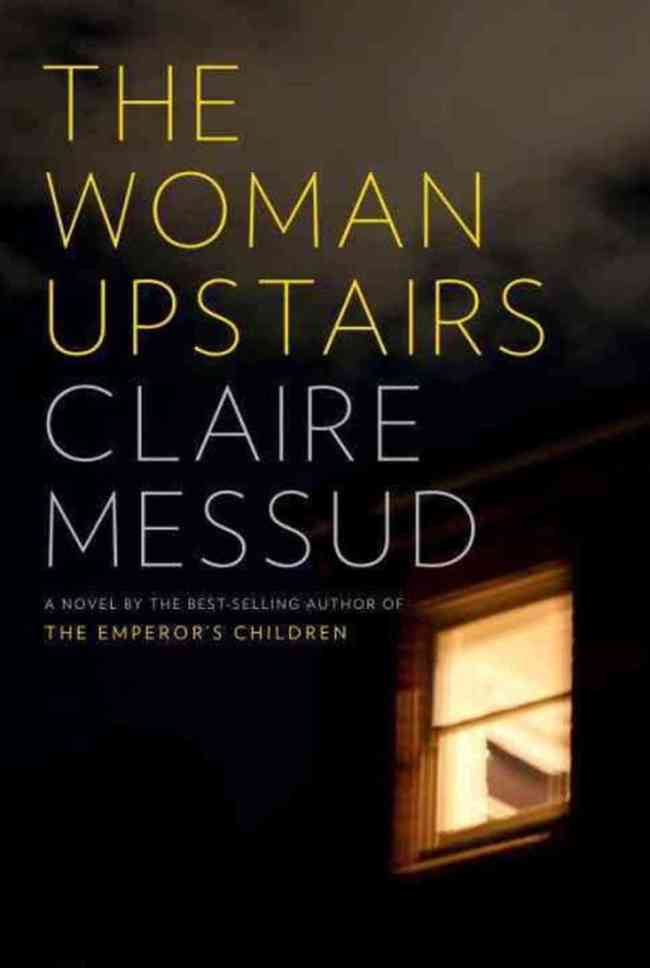“How angry am I? You don’t want to know. Nobody wants to know about that.”
What woman isn’t pissed off? This is one of the questions that opens the book, and Messud does a good job illustrating some of the reasons why every woman should be furious sometimes. Yet this novel isn’t every woman’s story, nor is it an angry diatribe.
It is one woman’s story. The Woman Upstairs is 42-year-old Nora Eldridge, elementary school teacher, quintessential “good girl”, frustrated want-to-be artist, and desperately lonesome woman. The story is told specifically, precisely, and intelligently, and it explores big thematic questions that every person should think about: What is love? What is art? What is sexuality? What happens to a life when one’s dreams don’t come true? And why should it take anger to trigger those dreams?
Set in a small town just north of Boston, one day Nora drops a bag of apples in Whole Foods. The next day she begins to fall in love–with an entire family. The forbidden fruit looms large.
Nora tells the story in the first-person, and she doles out the details of this pivotal school year, when she becomes intimately involved with Skandar, famous Lebanese historian and academic father; Sirena, soon-to-be-famous artist and mother; and Reza, their beautiful, charming child. Much of the novel involves Nora sorting out her emotions and interacting with these three characters, and the overarching question that the first-person narration creates is: “Why is this woman so angry?” Because many of the events and much of the year is mundane, it’s a testament to the author’s skill that the overarching question propels the read to the very end. The question acts as a kind of mystery, because although anyone can relate to Nora, at times the reader has to question her emotional wisdom, right up to the very last line of the book. Yet through each character that Nora’s sad and hungry eyes see, Messud guides us to explore the perils and triumphs of love, life, and art.
“Sirena wasn’t like me, constrained by reality, by what actually was or had been. She took on storybook worlds, plundering other peoples’ imaginations but not their histories. Maybe it was what made her, what makes her—a real artist in the eyes of the world, whereas I count as a spinster with a hobby…Sirena, on the other hand, is engaged with the life force. We all want that, really. It’s what attracts us: someone who opens doors to possibility, to the barely imagined. Someone who embraces the colors and textures, the tastes and transformations—someone who embraces, period.”
Above all, this is a story that embraces and that can be embraced. It is a novel that is art, written by a “real artist”, and it may just make you think, question, and imagine, even after you close the book.


